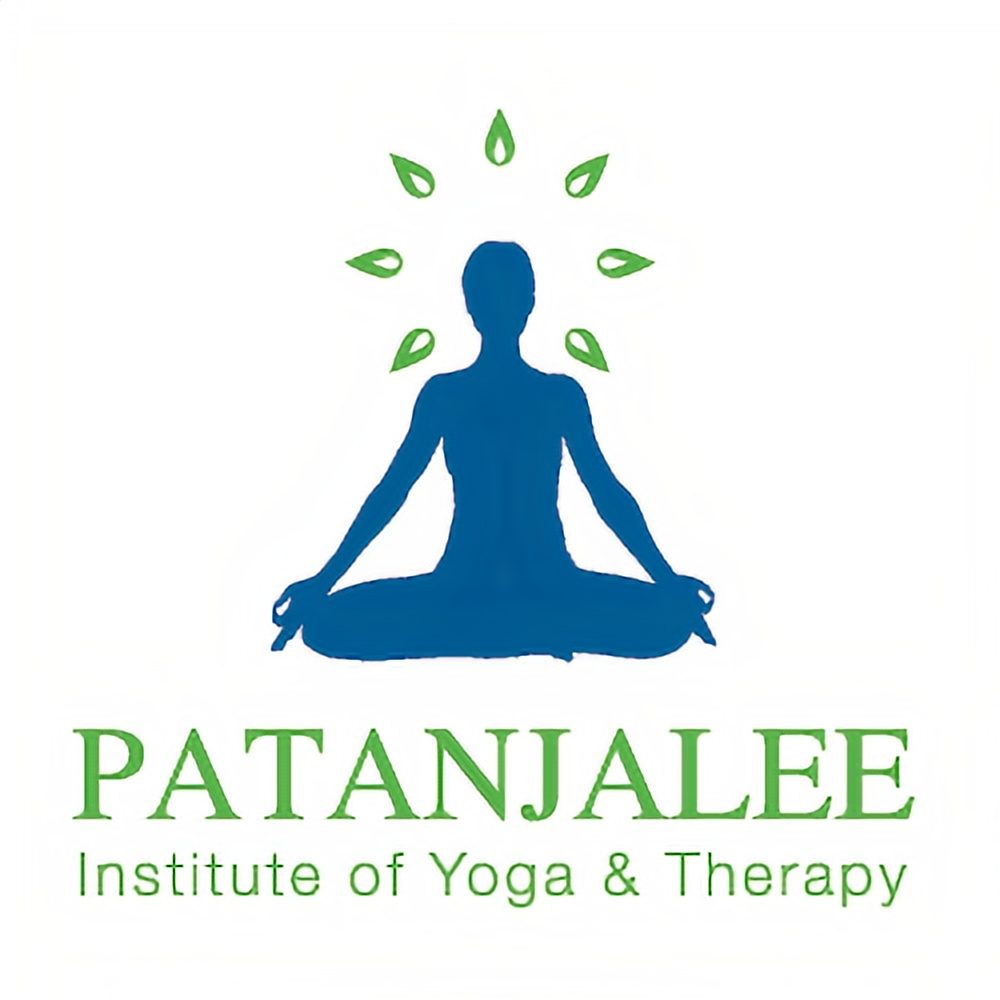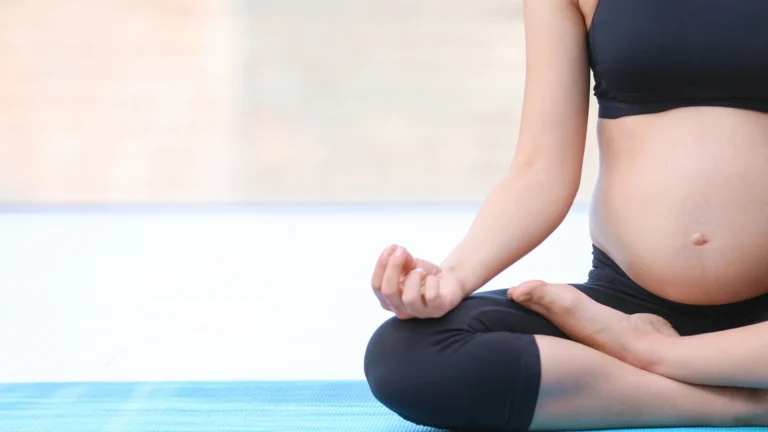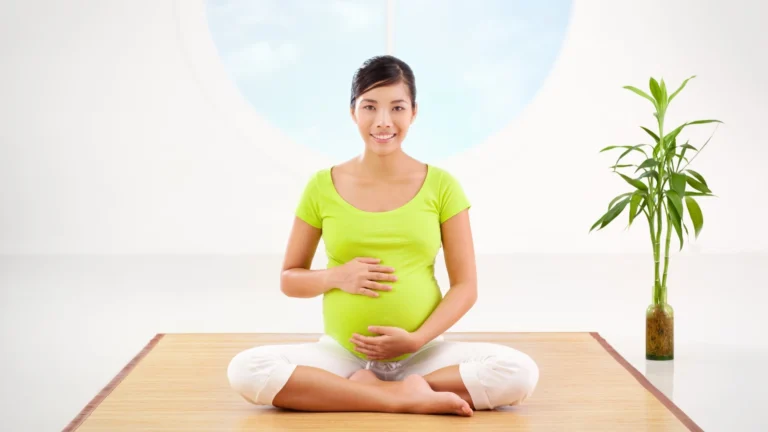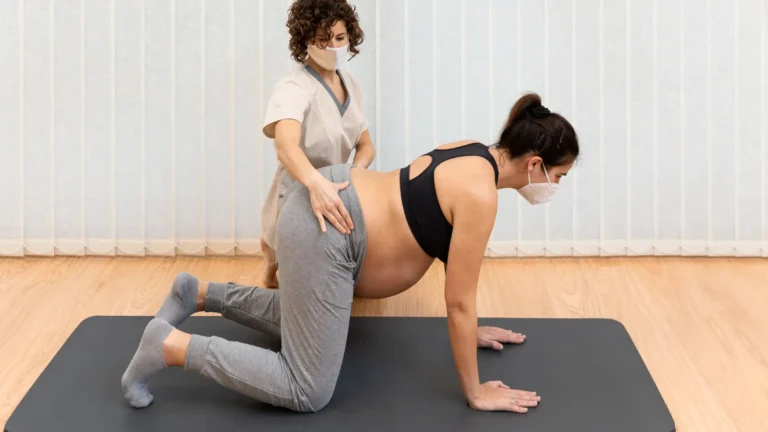Pregnancy Yoga Breathe And Flow
Pregnancy is a profound journey, marked by the miraculous creation of life within a woman’s body. It is a time of unparalleled transformation, both physically and emotionally, as expectant mothers navigate the complexities of gestation and prepare to welcome their newborns into the world. Amidst the array of changes and challenges that accompany pregnancy, yoga emerges as a beacon of serenity, offering a sanctuary where mothers-to-be can cultivate inner peace, strengthen their bodies, and deepen their connection with their growing babies. Online pregnancy yoga classes , in particular, embodies a holistic approach to prenatal wellness, integrating gentle movements, mindful breathing, and spiritual alignment to support women throughout their pregnancy journey. Among the diverse methodologies within prenatal yoga, Pregnancy Yoga Breathe And Flow stands out as a comprehensive practice that nurtures the body, mind, and spirit of expectant mothers.
Understanding Pregnancy Yoga
Pregnancy yoga, also known as prenatal yoga, is a specialized form of yoga tailored to meet the unique needs and challenges of expectant mothers. Rooted in the ancient wisdom of yoga, this practice integrates modified postures, gentle movements, breathing techniques, and meditation to support the physical, emotional, and spiritual well-being of pregnant women.
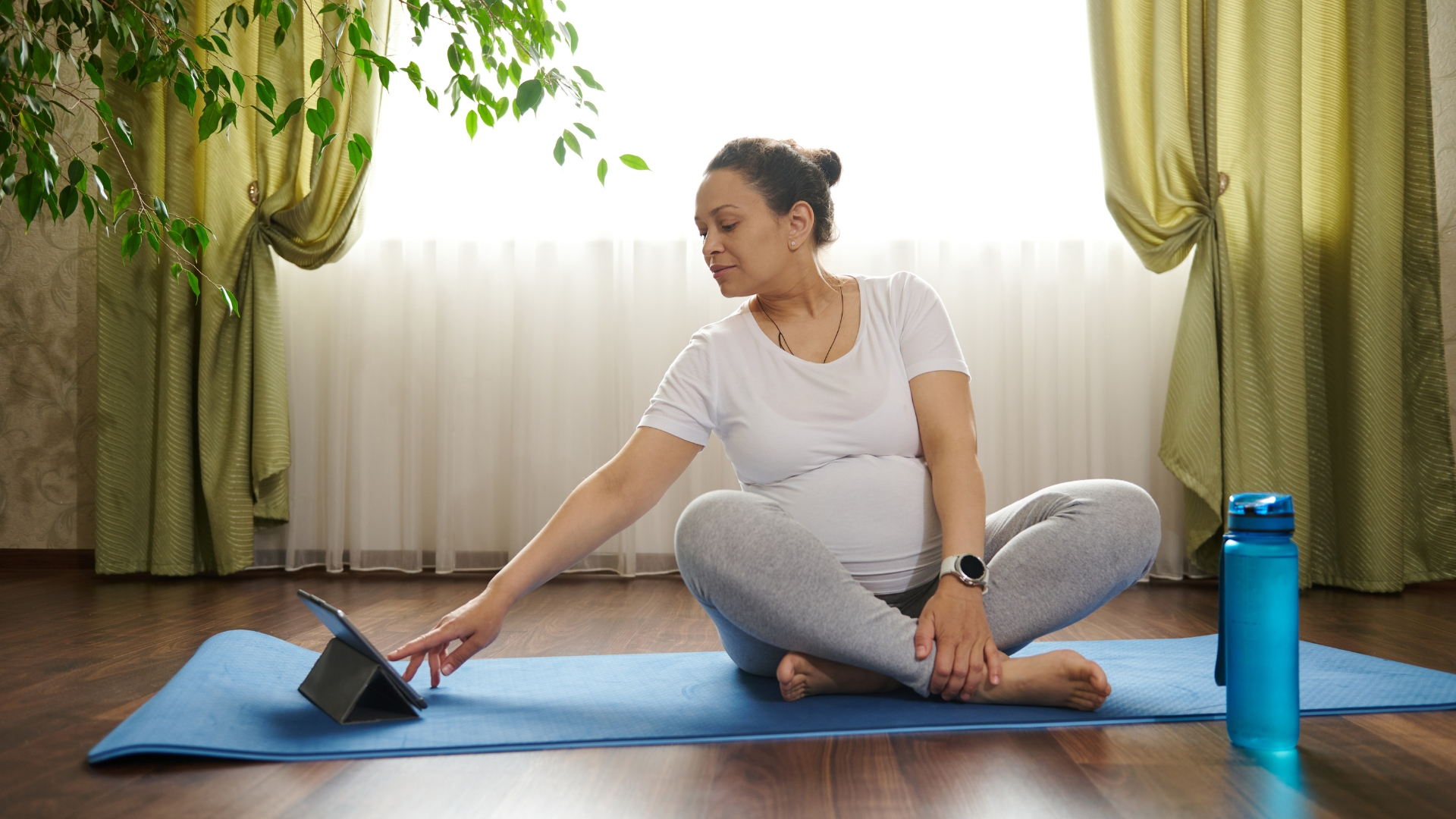
The primary goal of pregnancy yoga is to provide expectant mothers with tools and practices that promote relaxation, strength, flexibility, and mindfulness throughout pregnancy and childbirth. By cultivating awareness of the breath and the body, women can navigate the physical discomforts and emotional fluctuations of pregnancy with greater ease and grace.
Benefits of Pregnancy Yoga
- Physical Well-being: Pregnancy yoga offers a myriad of physical benefits, including relief from common discomforts such as back pain, sciatica, nausea, and swollen ankles. Through gentle stretching, strengthening, and alignment-based practices, expectant mothers can alleviate tension, improve posture, and enhance overall physical comfort.
- Emotional Support: The practice of pregnancy yoga provides a nurturing space for expectant mothers to connect with themselves and their growing babies on a deeper level. By incorporating relaxation techniques, guided imagery, and mindfulness practices, women can reduce stress, anxiety, and fear associated with pregnancy and childbirth, fostering emotional resilience and well-being.
- Bonding with Baby: Pregnancy yoga offers a unique opportunity for expectant mothers to cultivate a profound connection with their unborn child. Through gentle movement, breath awareness, and visualization exercises, women can establish a sense of intimacy and communication with their baby, fostering a deep sense of love and connection.
- Preparation for Childbirth: One of the primary benefits of pregnancy yoga is its role in preparing women for the rigors of childbirth. By learning to breathe mindfully, relax deeply, and trust in their bodies’ innate wisdom, expectant mothers can approach labor and delivery with greater confidence, courage, and empowerment. To learn more about the ways in which pregnancy yoga prepares you for childbirth, read our blog about “ How Can Pregnancy Yoga Help With Labor And Delivery?”
- Postpartum Recovery: The benefits of pregnancy yoga extend beyond childbirth, aiding women in their postpartum recovery journey. 92% of moms who did yoga while pregnant said they’d continue even after having their baby. By strengthening the pelvic floor muscles, toning the abdomen, and promoting overall physical fitness, prenatal yoga can facilitate faster healing, increased energy levels, and enhanced well-being in the postpartum period.
Core Principles of Pregnancy Yoga
At the heart of pregnancy yoga lies the principles of breath and flow. These core elements form the foundation of the practice, guiding expectant mothers through a journey of self-discovery, empowerment, and transformation.

- Conscious Breathing: Breath awareness is a fundamental aspect of pregnancy yoga, emphasizing the importance of deep, diaphragmatic breathing. By cultivating a conscious connection to the breath, women can enhance relaxation, reduce stress, and optimize oxygen flow to the body and the baby.
- Gentle Movement: Pregnancy yoga encourages gentle, flowing movements that honor the body’s changing needs and limitations. Through modified yoga poses and sequences, expectant mothers can safely stretch, strengthen, and release tension in the muscles and joints, promoting comfort and ease throughout pregnancy.
- Mindful Meditation: The practice of meditation plays a central role in pregnancy yoga, offering women a sanctuary of peace and tranquility amidst the whirlwind of pregnancy. Through guided meditation, visualization, and mindfulness techniques, expectant mothers can cultivate a calm and centered mindset, fostering emotional balance and inner harmony.
Techniques for a Safe and Nurturing Practice
While pregnancy yoga offers numerous benefits, it’s essential for expectant mothers to practice safely and mindfully. Here are some techniques and guidelines to ensure a safe and nurturing practice:
- Consultation with Healthcare Provider: Before starting a pregnancy yoga practice, it’s crucial for expectant mothers to consult with their healthcare provider or obstetrician to ensure that yoga is safe and appropriate for their individual needs and medical history.
- Experienced Instructor: When attending online yoga classes , it’s essential to seek out experienced and qualified instructors who have specialized training in yoga. These instructors can offer guidance, support, and modifications tailored to the unique needs of expectant mothers.
- Modifications and Props: During pregnancy, women’s bodies undergo significant changes, requiring modifications to traditional yoga poses and sequences. Expectant mothers should listen to their bodies and make necessary adjustments to accommodate their comfort and safety. Props such as bolsters, blankets, blocks, and straps can provide additional support and stability during yoga practice.
- Avoid Overexertion: Pregnancy is not the time to push oneself to the limits or engage in strenuous physical activity. Expectant mothers should honor their bodies’ signals and refrain from overexertion or pushing into discomfort during yoga practice. Instead, they should focus on gentle movement, relaxation, and self-care.
- Stay Hydrated: Proper hydration is essential during pregnancy, especially during physical activity such as yoga. Expectant mothers should drink plenty of water before, during, and after yoga practice to stay hydrated and support optimal circulation and overall well-being.
- Listen to Your Body: Above all, expectant mothers should listen to their bodies and trust their intuition during pregnancy yoga practice. If a pose feels uncomfortable or causes pain, women should gently ease out of it and explore alternative options that feel safe and nurturing.
Sample Pregnancy Yoga Sequence
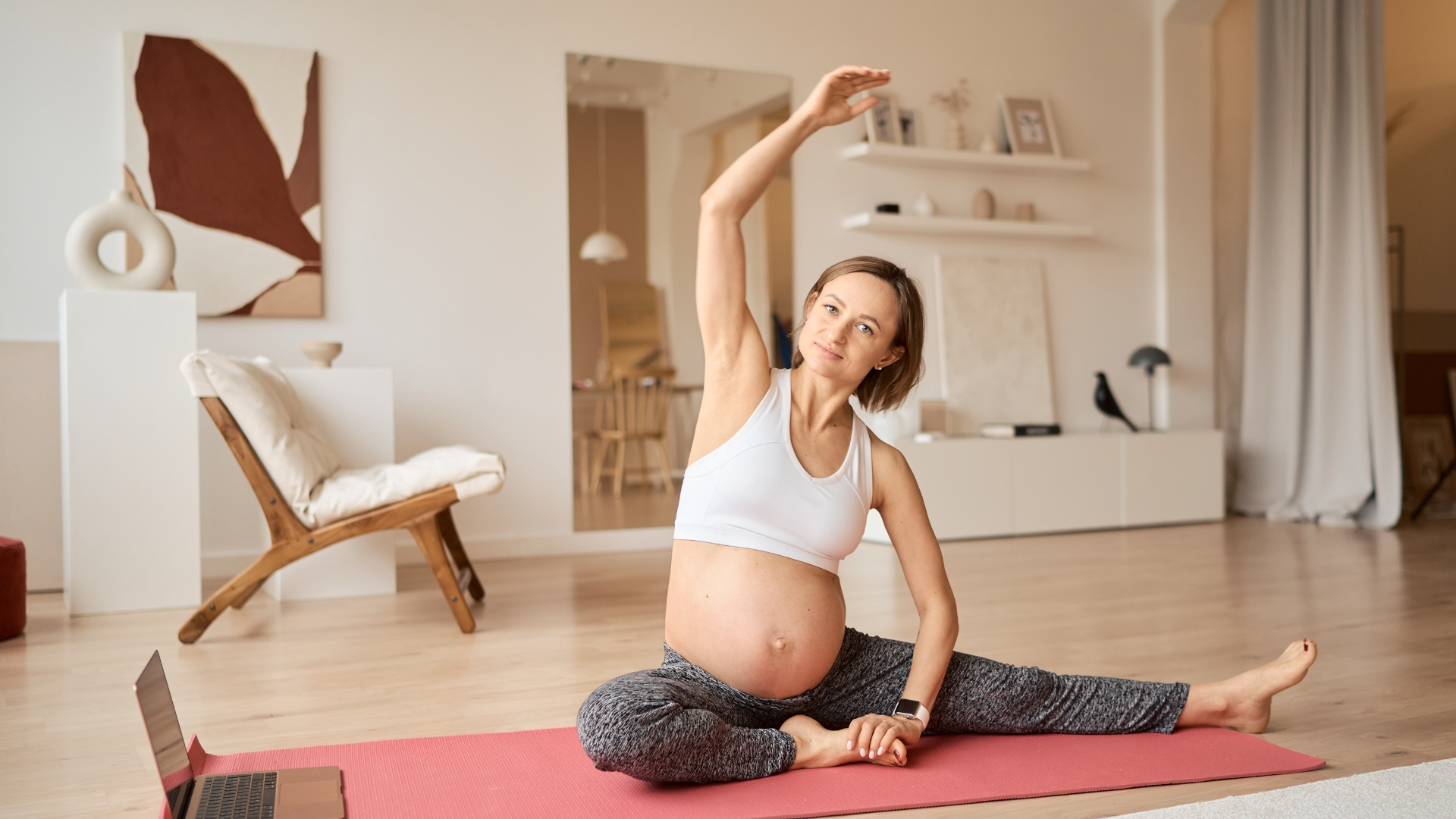
To illustrate the principles and techniques of pregnancy yoga, let’s explore a sample yoga sequence designed specifically for expectant mothers:
- Centering: Begin in a comfortable seated position, either cross-legged on the floor or sitting on a cushion or bolster for added support. Close your eyes and take a few deep breaths, allowing your body and mind to settle into the present moment. Place one hand on your heart and the other on your belly, feeling the rise and fall of your breath with each inhale and exhale.
- Cat-Cow Stretch: Transition to a tabletop position on hands and knees, aligning your wrists directly under your shoulders and your knees under your hips. Inhale as you arch your back, lifting your gaze and tailbone towards the ceiling (cow pose), and exhale as you round your spine, tucking your chin to your chest (cat pose). Flow through these two poses, syncing your breath with movement, for 5-7 rounds, allowing your breath to guide you.
- Modified Sun Salutation: From tabletop position, step your right foot forward between your hands into a low lunge, stacking your right knee directly over your ankle. Inhale as you sweep your arms overhead, lengthening through your spine and lifting your chest (low lunge). Exhale as you release your hands to the mat and step back to tabletop position. Repeat on the left side, stepping your left foot forward into a low lunge and flowing through the sequence with your breath. Continue to alternate sides for 3-5 rounds, allowing the movement to feel fluid and effortless.
- Supported Warrior II: From tabletop position, step your right foot forward between your hands into a low lunge. Rise up into a standing position, bending your right knee to a 90-degree angle, with your right thigh parallel to the floor. Extend your arms out to the sides at shoulder height, palms facing down, and gaze over your right fingertips. To provide additional support and stability, place a block between your thighs and gently squeeze it to engage your inner thighs and pelvic floor muscles. Hold this pose for 3-5 breaths, feeling the strength and grounding energy in your legs and lower body. Repeat on the left side, stepping your left foot forward into a low lunge and transitioning into Warrior II pose with your left knee bent.
- Goddess Squat: Stand with your feet wider than hip-width apart, toes turned out at a comfortable angle. Bend your knees and sink your hips down into a squat position, bringing your thighs parallel to the floor. Bring your palms together at heart center, pressing your elbows against your inner thighs to open your hips and chest. Keep your spine long and your heart lifted as you hold this pose for 3-5 breaths, feeling the strength and power in your legs and pelvic floor muscles.
- Seated Forward Fold: Sit on the floor with your legs extended in front of you, feet flexed and toes pointing towards the ceiling. Sit up tall with a straight spine, reaching your arms overhead to lengthen through your torso. Inhale to lift and lengthen your spine, and exhale to hinge forward at the hips, folding your torso over your legs. Place your hands on your shins, ankles, or feet, depending on your flexibility and comfort level. Relax your neck and shoulders, and allow your head to hang heavy. Hold this pose for 5-7 breaths, surrendering to the stretch and releasing any tension in your hamstrings and lower back.
- Supported Savasana: Lie down on your left side with your legs stacked and your knees bent, creating a comfortable and supportive position for your body. Place a bolster or pillow between your knees to support your hips and lower back, and another bolster or pillow under your head and neck to align your spine. Close your eyes and allow your entire body to relax and release into the support of the props beneath you. Bring your awareness to your breath, allowing it to become slow, deep, and effortless. Remain in this pose for 5-10 minutes, soaking in the nourishing benefits of relaxation and rest.
Conclusion
Pregnancy yoga, with its emphasis on breath, flow, and mindfulness, offers expectant mothers a safe and nurturing space to connect with themselves and their unborn babies. By incorporating gentle movement, conscious breathing, and mindful meditation into their daily routines, women can support their physical, emotional, and spiritual well-being throughout pregnancy and childbirth. With guidance from experienced instructors and a commitment to self-care, pregnancy yoga becomes not just a form of exercise but a transformative journey of self-discovery, empowerment, and love. Embrace the beauty of pregnancy and embark on a journey of Breathe and Flow, honoring the miracle of life within.
